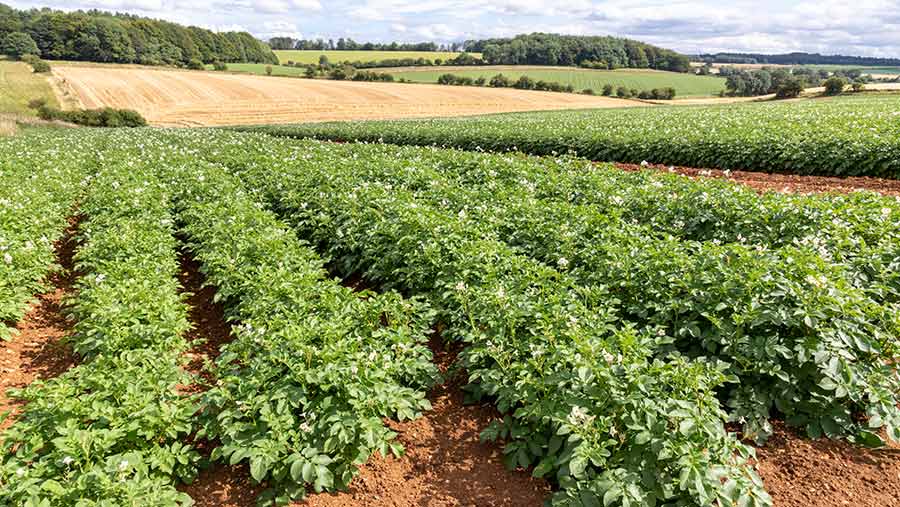Opinion: There is more to land management than producing food
 © Stephen/Adobe Stock
© Stephen/Adobe Stock Thanks to certain senior politicians, the notion of having your cake and eating it has gone out of fashion recently.
Thus, the claim that British landscapes can simultaneously provide increased food at globally competitive prices, good livelihoods for even more people than currently, soak up significant amounts of carbon and increase biodiversity might understandably be received with suspicion, if not disbelief.
See also: Find all our opinion pieces in one place
About the author

Sir Charles Godfray is director of Oxford University’s Oxford Martin School and its Future of Food programme.
He was, until recently, chairman of Defra’s Science Advisory Council, and on 15 May he will deliver the annual City Food Lecture.
But I believe we are using our landscapes inefficiently and that smarter land management could achieve all these goals.
There are two key planks in thinking about how we can get more out of landscapes.
The first is to consider explicitly the value to individuals and society of the multiple outputs of the land – that is not only to put a value on marketable outputs such as food, fuel and fibre, but also on the non-marketable outputs such as carbon storage, water purification and the well-functioning ecosystems that support them.
Cambridge economist Sir Patha Dasgupta has argued this point forcibly in a report to the Treasury. It’s pretty standard modern economics, but it has yet to be properly integrated into policy.
The second plank leads on from Mark Twain’s saying: “Buy land – they’re not making it anymore”.
Diverse land use
On a small, crowded island we need all our land to be in some way “productive”, whether it is to produce marketable or non-marketable goods.
And we need to understand the comparative advantage of different parts of the landscape in producing different things – land varies in its suitability for food production, carbon storage and as a home for biodiversity.
Future landscapes could contain some areas that concentrate on producing food or other marketable goods, other areas where the land produces a certain amount of food while sacrificing some yield to favour other functions, such as carbon storage, habitats for biodiversity or tourism, and some land managed purely for non-agricultural functions (peatland carbon stores or nature reserves, for example).
Some environmentalists are opposed to the idea of “land dedicated to food”.
But this high-yielding land would still be farmed sustainably in a knowledge-intensive way using the best ideas, from the most sophisticated molecular biology to the regenerative agriculture movement.
Food demand
Global demand for food will increase by about 50% this century and we need British high-yielding agriculture to help meet this challenge, as well as allow other parts of the countryside to be used to address, for example, our chronic decline in biodiversity.
While this type of farming is globally competitive without subsidy, much farmland in the UK cannot, or struggles to, compete in the market.
But such land can produce other outputs and should be rewarded for doing so.
Defra has signalled a move in this direction under the mantra of “public money for public good”, but is struggling to operationalise it under the Environmental Land Management scheme.
A recent analysis by the Green Alliance showed how, by repurposing single farm payments to support the production of public goods, farmer incomes in non-prime settings can be maintained and even improved.
But it needs bravery and ambition from policymakers, and a willingness in the farming community to reimagine their roles as producers of much more than just food.
The government is currently working on a National Land Use Framework which, I believe, will be a policy scaffold, incentivising different patterns of land use.
We should not miss the opportunity to get much more out of our landscapes than we do at present.
